nasal lymphoma in cats symptoms
It is most common in cats between 5 and 9 years of age. How is nasal lymphoma diagnosed.
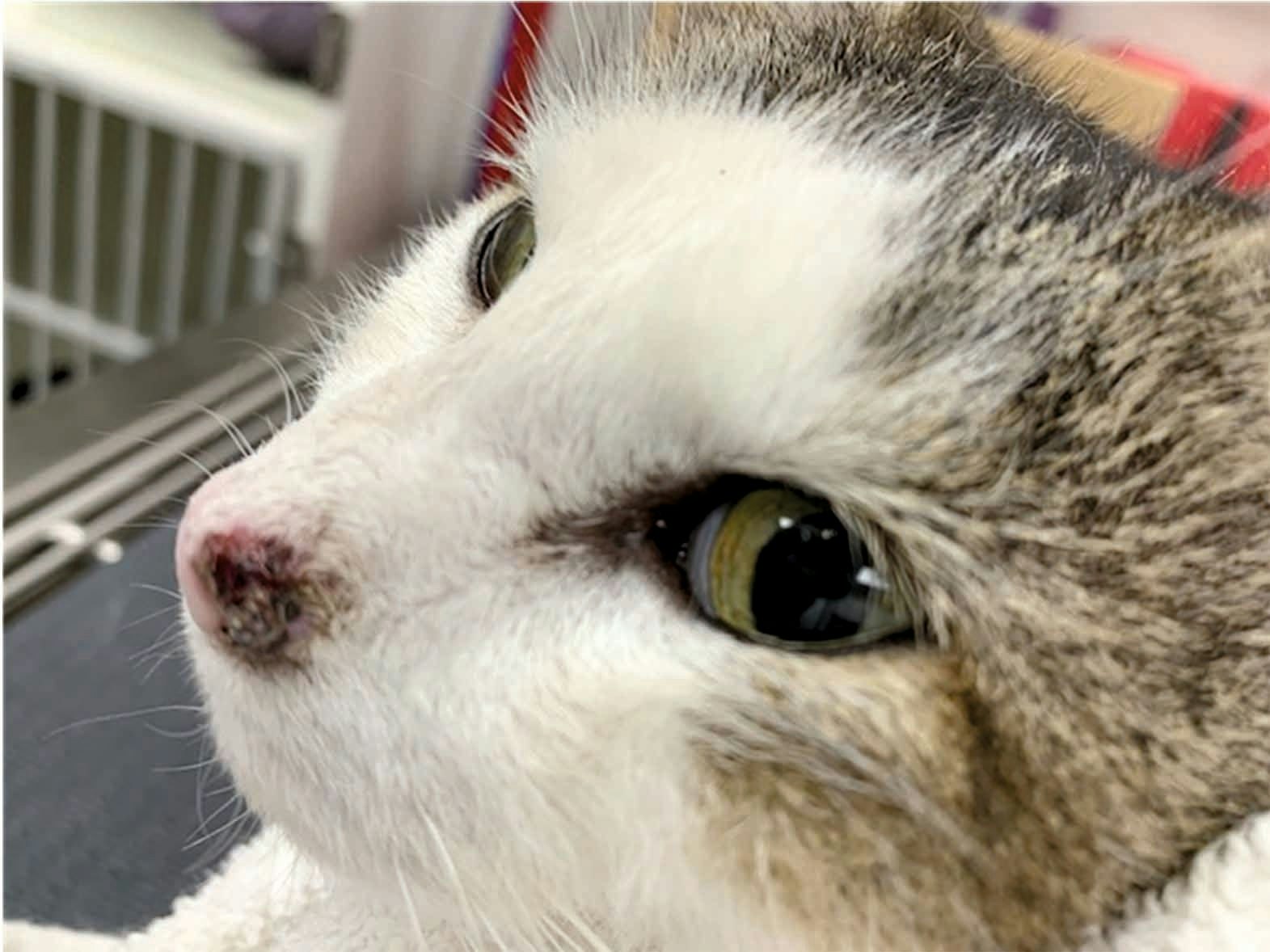
Diseases Of The Feline Nasal Planum Vet Focus
The most affected area is usually the nasal cavity and this variant is accompanied by strange discharge and difficulty breathing.
. The most affected area is usually the nasal cavity and this variant is accompanied by strange secretions and difficulty breathing. Signs and Symptoms of Nasal Cancer in Cats Nasal discharge. This is by far the most common type of lymphoma in cats accounting for 50-70 of feline lymphoma cases.
The general symptoms in all cases are apathy weight loss and eating problems. Regardless of the site some symptoms are common to all lymphomas. Sneezing or nasal discharge nasal lymphoma vomiting gi lymphoma Symptoms of lymphoma in cats since lymphoma can occur in various parts of the body including the liver spleen and lymph nodes symptoms may vary depending on the location of the cancer.
Nasal tumors often have a past history of nasal discharge and cat sneezing. Lymphoma can affect the kidneys as well. Renal Lymphoma in Cats.
Ten cats displayed multiorgan involvement and in 2 of these the involvement was limited to the cerebellum and frontal cortex respectively. Middle to older aged cats are most commonly diagnosed with nasal cancer. This subtype of non-Hodgkins lymphoma is of course of T-cell origin and is considered a very rare NHL variant.
This term describes lymphoma that affects the gastrointestinal tract. Zephyrs symptoms prior to diagnosis included restlessness head. Runny nose or nasal discharge Nosebleeds Watery eyes or ocular discharge Sneezing or snorting Snoring Bad breath Bulging eyes Vision problems or vision loss Nasal or facial swelling or deformity Lack of appetite Nausea vomiting or diarrhea Weight loss Loud breathing Mouth.
Vet Talks Gastrointestinal Lymphoma in Cats. Other tumors include squamous cell carcinoma undifferentiated carcinoma and. The central nervous system nasal cavity skin kidneys and other areas.
Cats with nasal lymphoma often develop chronic nasal discharge sneezing and loud breathing. Other signs include bleeding and facial deformity. It is most common in senior cats with the average age at diagnosis ranging from 9-13 years old.
You may also notice a bulge or bump forming over the bridge of the nose. Rubbing his face on the ground with body language that indicates discomfort. Symptoms include vomiting diarrhea weakness and lack of appetite or refusal to eat.
Weight loss Lethargy Poor appetite. It is not at all common in Western countries and when it is discovered it is typically found in populations with ethnic backgrounds in Asian and Latin American countries where it is much more prevalent. The most common types of nasal tumor are either a carcinoma or lymphoma which are equally split 5050 of all nasal tumors.
Sneezing or nasal discharge nasal lymphoma Vomiting GI lymphoma Diarrhea GI lymphoma Weight loss any lymphoma Lethargy any lymphoma Seizures or other neurologic signs central nervous system lymphoma nasal lymphoma Changes in urination or drinking renal. The symptoms of cat lymphoma will vary based on the organ system that is affected. In this case cell hyperplasia occurs in different parts.
Other symptoms are common depending on where the cancer invades. Nasopharyngeal tumors on the other hand manifest as heavy breathing often with a snoring sound and change in vocalism. Along with a runny nose excessive sneezing is another common sign.
Diarrhea Excessive thirst Excessive urination Lethargy Loss of appetite Nausea and vomiting Weight loss. The most common presenting symptoms of sinonasal lymphomas are nasal obstruction epistaxis headache and unilateral facial cheek or nasal swelling 1 7 16 17. To help you better understand this disease going forward lets break it down to each lymphoma type.
The causes of lymphoma in cats. See more information from us. Renal Lymphoma These symptoms often include weight loss change in appetite increased thirst vomiting changes in urinary habits and even neurological symptoms.
Other symptoms of lymphoma include. This case report describes the treatment of a cat diagnosed with nasal lymphoma. Weight loss and poor condition Change in thirst usually increased Change in appetite usually anorexia Vomiting and diarrhoea Increased urination Sneezing Coughing Increased respiratory rate effort or noise Nose bleeds and mucus discharge from the nose Facial.
When this happens some of the signs are. Of the tumors 41 of 50 82 were classified as nasal lymphoma 5 of 50 10 were classified as nasopharyngeal lymphoma and 4 of 50 8 involved both nasal and nasopharyngeal tissue. Nasal discharge is the most common clinical sign of a nasal tumor.
This is different than marking behavior. Depending on where the lymphoma is present initial signs can range from nonspecific problems such as weight loss poor appetite and lethargy to concerns such as difficulty breathing nasal discharge masses on the skin or seizures. Other infrequent symptoms are diplopia or blurred vision and nasal or cheek pain.
Up to 10 cash back Some symptoms of lymphoma in cats include. What are the clinical signs of nasal lymphoma. The discharge may contain mucous.
One or both eyes may become red or painful. Respiratory distress is typical of mediastinal lymphoma. Nasal tumors and nasopharyngeal tumors reflect different symptoms.
If your cat has mediastinal lymphoma youre most likely to notice respiratory problems like difficulty breathing gasping or wheezing. For example if lymphoma occurs in the kidneys it will cause increased thirst and urination. The records of 19 cats treated for stage I nasal lymphoma with radiation therapy and chemotherapy were reviewed to determine response to therapy treatment outcome and possible prognostic indicators.
It is most common in felines between the ages of 5 and 9. If he exhibits any of these signs however you may want to take a closer look at his behavior. Over-grooming to the end of.
A CT scan and biopsy are required to diagnose nasal lymphoma. To date no specific breed or sex predisposition has been noted. All cats were treated with megavoltage radiation therapy to a total dose ranging from 22 to 48 Gy median dose 42 Gy.

Lymphoma In The Cat Fact Sheet Davies Veterinary Specialists
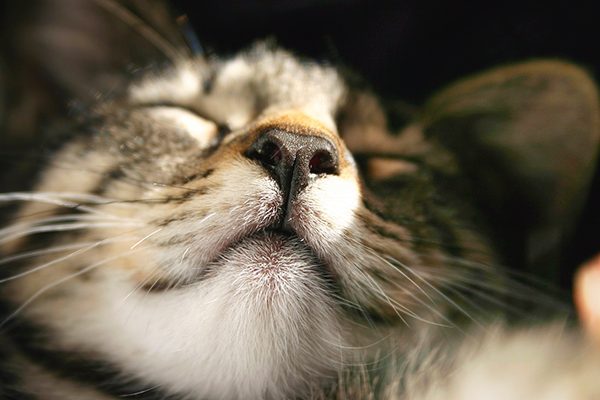
Learn About Nasal Cancer In Cats Petcure Oncology

Lymphoma In Cats Veterinary Partner Vin

Understanding Lymphoma In Cats
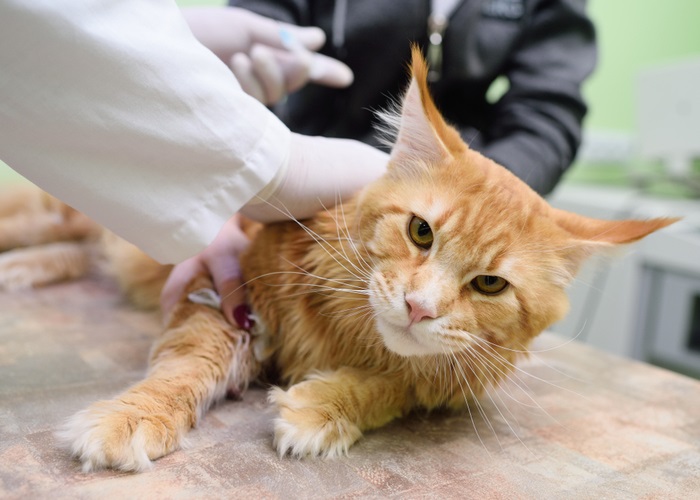
Lymphoma In Cats Symptoms Diagnosis Treatment All About Cats

Facial Distortion And Epiphora In A Cat With A High Grade Large B Cell Download Scientific Diagram
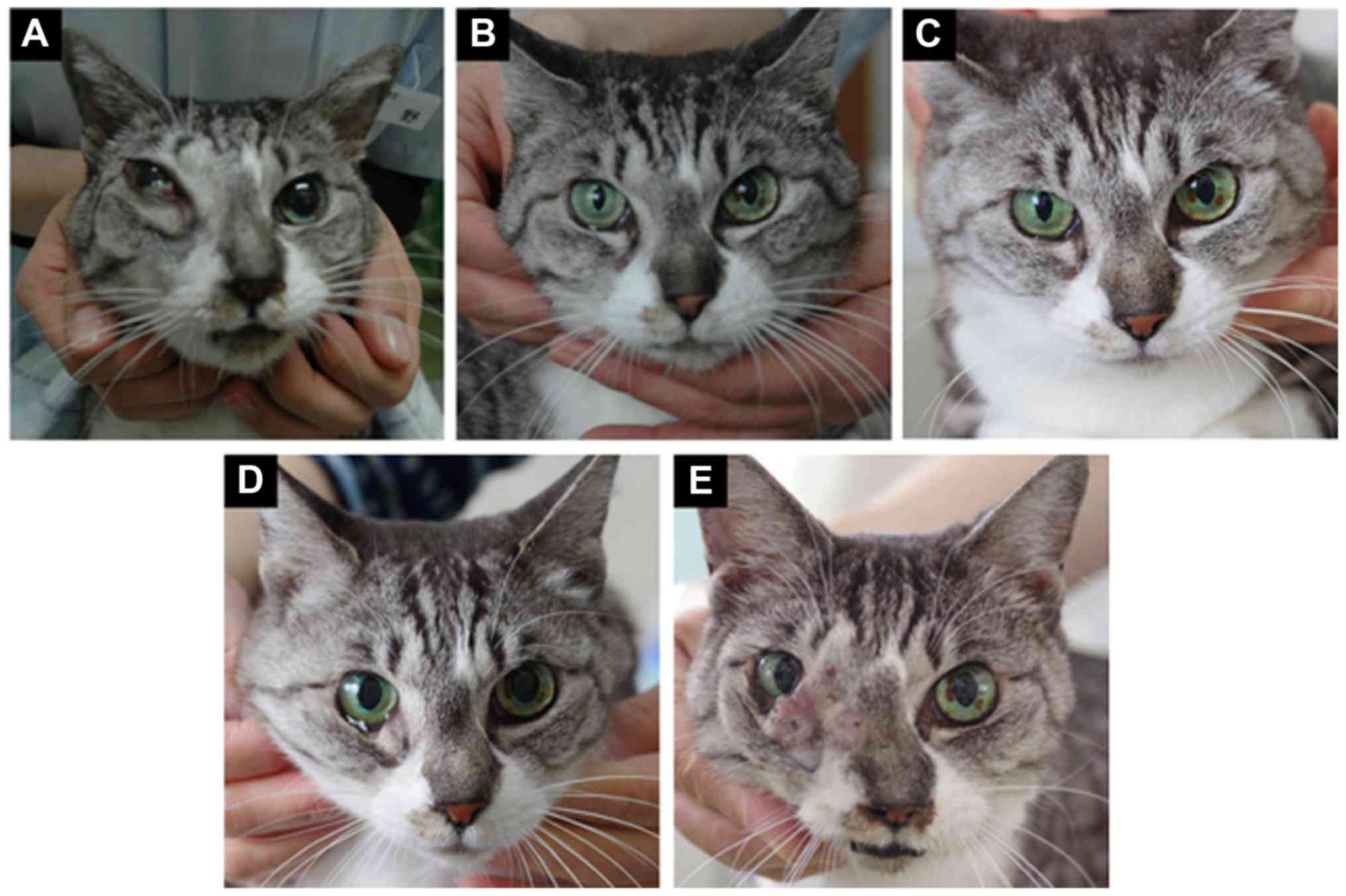
Photohyperthermal Therapy Using Liposomally Formulated Indocyanine Green For Feline Nasal Lymphoma A Case Report

Lymphoma In Cats The Conscious Cat
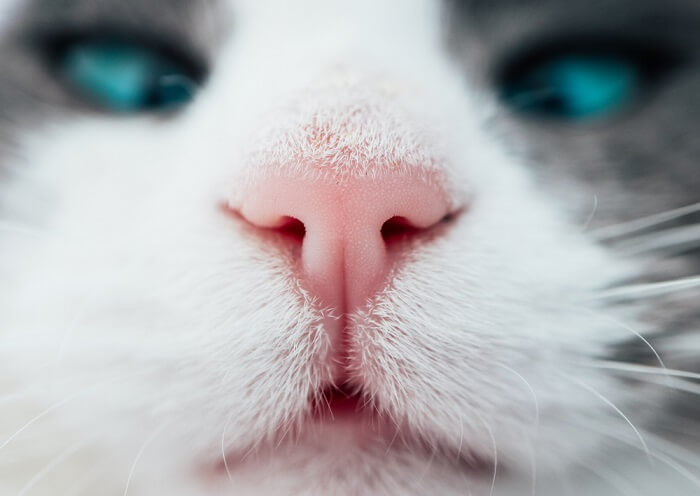
Nose Cancer In Cats Causes Symptoms Treatment All About Cats
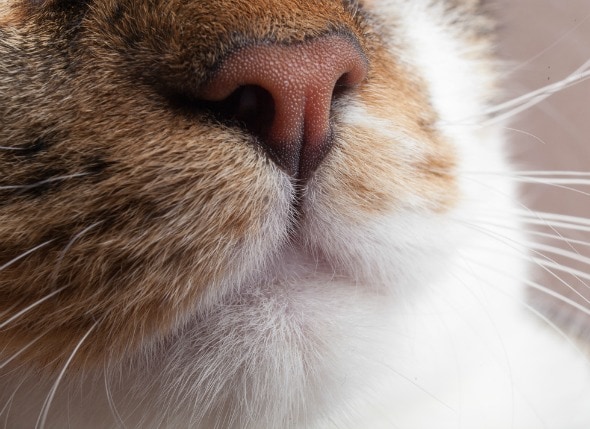
Nose And Sinus Cancer Squamous Cell Carcinoma In Cats Petmd
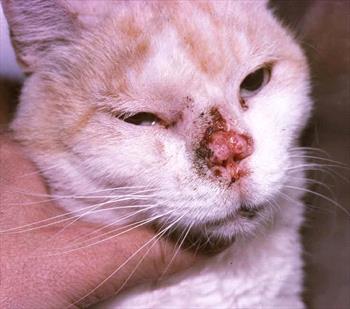
Nasal Squamous Cell Carcinoma In Cats Veterinary Partner Vin
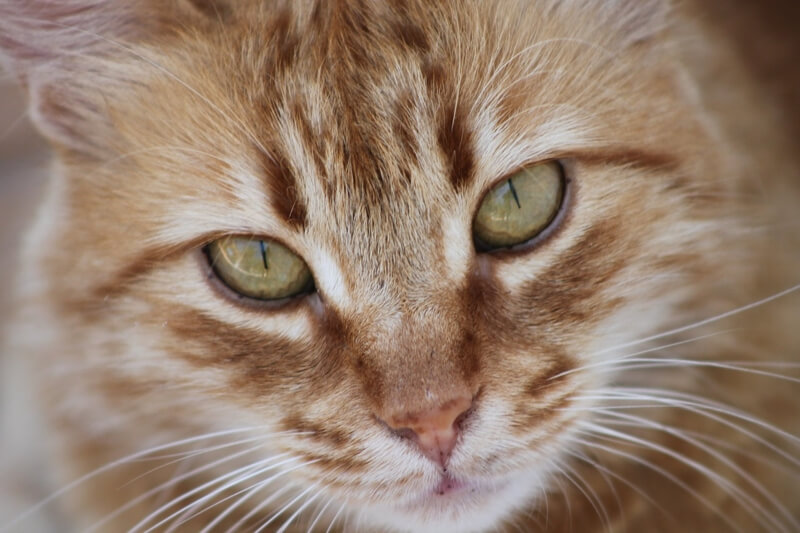
Understanding Lymphoma In Cats

Diagnosis And Treatment Of Feline Lymphoma Glories Veterinary Hospital

Nasal Lymphoma In Cats A Guide Canna Pet


